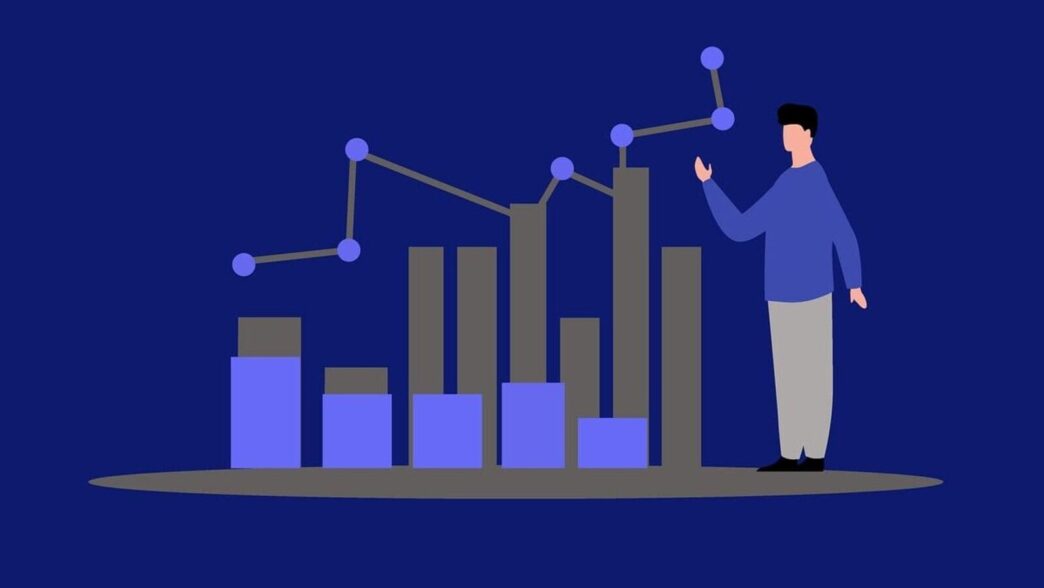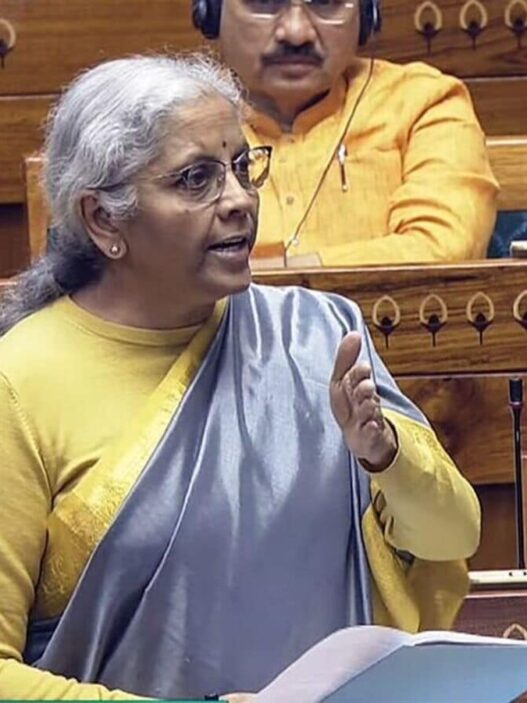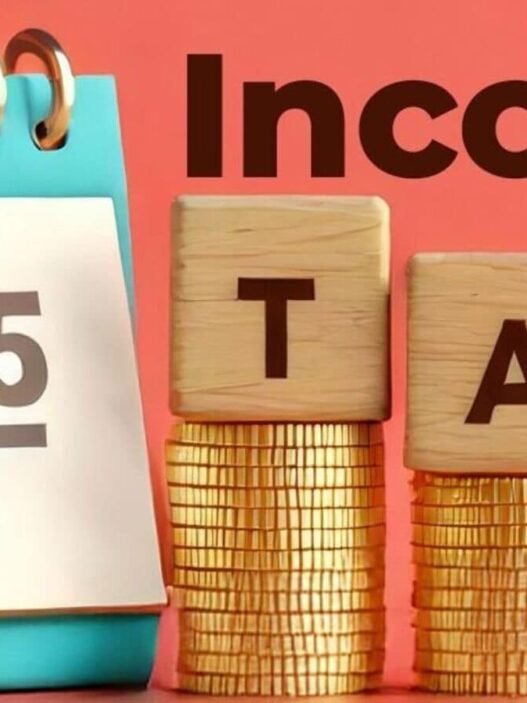The first involves doing your homework (reading company reports, analysing mutual funds, keeping tabs on the economy) before deciding which stocks or funds to invest in. This may sound straightforward, but the reality is only a few are cut out for this kind of investing. For most, the second option is more realistic – outsourcing these decisions to an investment advisor or fund manager.
There’s a third way, though, which involves listening to market experts and combining their insights with your own research. However, this is a tricky boat to be on, because no matter what your opinion on any matter, you can always find a star fund manager who has the same view. Confirmation bias will take care of the rest.
A recent disagreement on whether investors should continue their SIPs in small- and mid-cap funds illustrates this perfectly.
‘Smids are overvalued – avoid them’
Sankaran Naren, chief investment officer of ICICI Prudent Asset Management company, threw his hat in the ring at the IFA Conference in Chennai on 25 January. “If you do SIP in an overvalued asset class, you only have yourself to blame,” said the veteran investment manager, advising investors to stop putting money in small- and mid-cap funds.
Naren’s argument hinged on the current valuation of small- and mid-cap companies. According to a monthly report published by ICICI Prudential Mutual Fund, the share of Midcap 150 and Small Cap 250 in the total market cap of all listed companies is at its highest since 2013. The price-to-earnings ratio is 44 for mid-cap companies and 39.8 for small-cap companies – also an all-time high.
Also read | New Income Tax Bill: Simpler, lighter and future-ready
“I believe investors who started SIPs in small and mid caps in 2023 are going to have a very bad experience,” Naren added. “It’s a clear time to take [money] out lock, stock, and barrel from small and mid caps.”
Instead, he said, investors should add to their large-cap holdings. “If you have to be bullish, clearly mega-cap is one area to be very bullish on compared to anything else in the market because there you can see massive selling has happened from FIIs… When the dollar moves down, I expect FIIs to start buying large-cap stocks in a big way again in India.”
‘We’re piling into small caps’
When Naren’s speech was posted on YouTube, investors took notice. Two days later, Quant Asset Management Company put out a note saying they were doing the opposite — moving away from large caps and increasing their allocation to small caps.
“In the coming weeks and months, we will begin pruning our defensive exposure toward more cyclical and growth-oriented segments,” Quant said in its February factsheet to investors. Incidentally, Sandeep Tandon, founder of Quant Mutual Fund, was also a speaker at the IFA Galaxy conference.
Quant’s thesis is that the Nifty is down about 10% from its peak in September and when the cycle reverses, select small-cap stocks with a higher beta (volatility) will outpace the market. Quant’s flexi cap fund currently has a 70% allocation to large caps, which it is now slowly moving to small caps.
Also read: Saying no to EPF isn’t easy—but it’s possible
Tandon told Mint that their proprietary model, VLRT, has indicated that the market is moving away from a ‘risk off’ to a ‘risk on’ environment. In such a scenario, with small caps also having been butchered in the past couple of months, he said he’s seeing buying opportunities in the small-cap space.
“Allocations will gradually tilt in favor of very select high-beta names, particularly within the small-cap category, which are historically quicker to recover during market rebounds,” Quant wrote in its February factsheet. “Such a strategy aligns with the fund’s overarching philosophy of leveraging periods of market pessimism to build positions in high-potential areas.”
Invest or wait? Nobody can agree
Siddharth Bhaiya of Aequatas has built a reputation for himself by delivering a compound annual growth rate (CAGR) of 53% over the five years to 31 March 2024. He then turned cautious and now has more than 85% of his portfolio in cash and gold. He told Mint he has also stopped accepting fresh investments since April 2024. “This kind of valuation I’ve not even seen during 2008,” he said.
“Liquidity is like an IV injection for the market – when there is surplus liquidity, markets go up. In 2021, the banking system liquidity was ₹10 trillion and you now have a situation in which it has been negative for the past two months. Even among large caps, we don’t feel stocks are cheap. We have not seen NPA for a long time and expect them to come from the consumer side this time around. Banks are also struggling to raise deposits.” Asked when he would start investing in stocks again, Bhaiya said he wanted “to see blood on the street” first.
Also read: How additional factor authentication can secure online international payments
On the other hand, Vikas Khemani of Carnelian Capital is reopening investments in the Carnelian Contra Portfolio Strategy after one-and-a-half years. He wrote in a blog, “The current market environment seems similar to 2022. We think owing to the Trump administration, tariff wars, currency devaluations, and changing global interest rate environment, markets can remain difficult this year. Such an uncertain environment creates significant investment opportunities due to a drift created between the price and intrinsic value.”
So, what should you do?
Nirav Karkera, head of research at Fisdom, said investors should first decide their goals before constructing a portfolio, regardless of what valuations look like. While it’s best to do your own research and buy stocks, this approach isn’t for everyone, he said. While outsourcing your investments to an investment advisor or fund manager may sound easy, this decision also requires a certain level of knowledge, Karkera added. The third approach seeks to strike a balance, but it’s important not to rely completely on another person’s judgment, he said.
One thing you should do no matter what approach you take is to diversify your portfolio across asset classes and market segments, taking into account your goals, risk tolerance and risk appetite.












